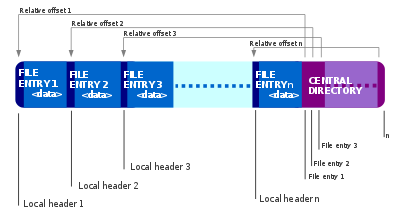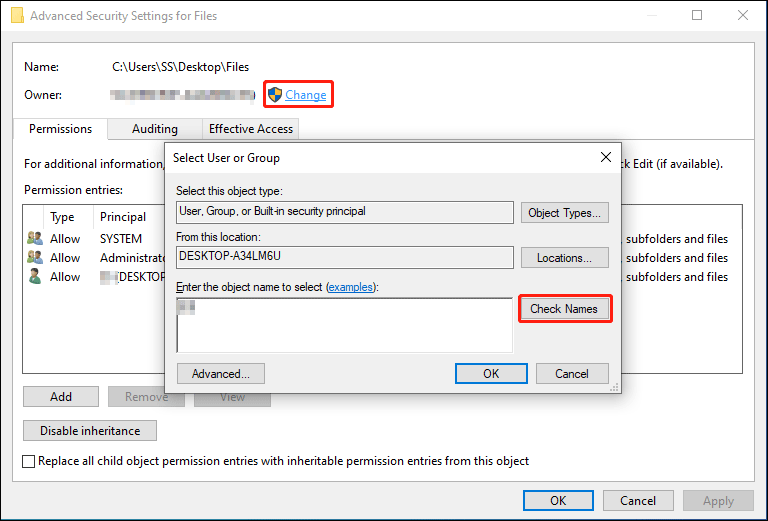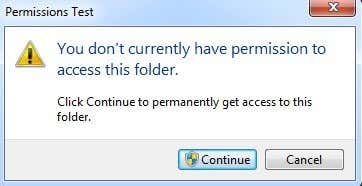

- FILE.MOVE ACCESS TO THE PATH IS DENIED ZERO BYTE FILE HOW TO
- FILE.MOVE ACCESS TO THE PATH IS DENIED ZERO BYTE FILE MP4
- FILE.MOVE ACCESS TO THE PATH IS DENIED ZERO BYTE FILE FULL
- FILE.MOVE ACCESS TO THE PATH IS DENIED ZERO BYTE FILE CODE
Log in locally as the above mentioned user, in a folder different from Program Files (extra spaces in the path are not welcome) create a folder of postgreSQL and point to her full rights of the user Postgres, and check that the rights on the lower levels are inherited.Ħ. Start the local user Postgres with the same password.ĥ. If not registered, then enter it in the end and save the file.Ĥ. (please note - the stitching should be exactly like this - without the "#"). Open the path c:/windows/system32/drivers/etc/ in this directory, open with Notepad the hosts file and in this file look whether the following line: Check - not whether the postgres user, and if I need to remove it. Net Framework / BLOB, : 'Access to the path 'D:xxx' is denied.'. Dust from everywhere traces of previous installations until the registry!ģ. Immediately check whether You have disabled UAC (user accounts on/off. The solution to the problem with installation of PostgreSQL, when not filled in the data folder:ġ. As a source of ffmpeg only accepts files.
FILE.MOVE ACCESS TO THE PATH IS DENIED ZERO BYTE FILE CODE
No "issues" with permissions or code from ffmpeg no, just "output" the file is not opened and can not be. Next it is advisable to put himself ffmpeg.exe
FILE.MOVE ACCESS TO THE PATH IS DENIED ZERO BYTE FILE MP4
Thus, to get from a sequence of images of the mp4 file in h264 codec with a frame rate of 24FPS, we need the following command:įfmpeg -framerate 24 -i frame_%%03d.png -c:v libx264 -pix_fmt yuv420p -crf 21 -r 24 video.mp4And it will be called from the output folder with the images.


Is specified twice with -r at the end and framerate in the beginning. Then you need to determine the video frame rate.
FILE.MOVE ACCESS TO THE PATH IS DENIED ZERO BYTE FILE HOW TO
If you don't want to learn how to correctly assemble a mask for your files, just rename them under my. For a sequence of images of the "frame_000.png, frame_001.png. Well, everything is simple: you do not understand the syntax.Īfter -i must be specified a source, that is image in your case is a "output" and it looks for the file "output" with no extension in the folder is not in sight.Īfter -i you must specify the file name mask. Page.D:\Program Files\FFmpeg\bin\ffmpeg -i video Output.avi Callback(Object sender, EventArgs e) +35 EventArgFunctionCaller(IntPtr fp, Object o, Object t, EventArgs e) +14 _SelectedIndexChanged(Object sender, EventArgs e) in :72 (XmlDocument doc, XmlReader reader, Boolean preserveWhitespace) +112 (CompressedStack compressedStack, ContextCallback callback, Object state) +108 ExecuteCodeWithGuaranteedCleanup(Tr圜ode code, CleanupCode backoutCode, Object userData) +0 (Uri absoluteUri, String role, Type ofObjectToReturn) +54 System.IO.FileStream.ctor(String path, FileMode mode, FileAccess access, FileShare share, Int32 bufferSize) +64 System.IO.FileStream.Init(String path, FileMode mode, FileAccess access, Int32 rights, Boolean useRights, FileShare share, Int32 bufferSize, FileOptions options, SECURITY_ATTRIBUTES secAttrs, String msgPath, Boolean bFromProxy) +1162 System.IO._Error.WinIOError(Int32 errorCode, String maybeFullPath) +7716339 Information regarding the origin and location of the exception can be identified using the exception stack trace below. Highlight the ASP.NET account, and check the boxes for the desired access.Īn unhandled exception was generated during the execution of the current web request. Click "Add" to add the appropriate user or group. To grant ASP.NET access to a file, right-click the file in Explorer, choose "Properties" and select the Security tab. If the application is impersonating via, the identity will be the anonymous user (typically IUSR_MACHINENAME) or the authenticated request user. ASP.NET has a base process identity (typically \ASPNET on IIS 5 or Network Service on IIS 6) that is used if the application is not impersonating. Consider granting access rights to the resource to the ASP.NET request identity. Please review the stack trace for more information about the error and where it originated in the code.Įxception Details: System.UnauthorizedAccessException: Access to the path 'E:\InetPub\vhosts\\httpdocs\Service\App_Data' is denied.ĪSP.NET is not authorized to access the requested resource. Server Error in '/LicenseService' Application.Īccess to the path 'E:\InetPub\vhosts\\httpdocs\Service\App_Data' is denied.ĭescription: An unhandled exception occurred during the execution of the current web request. Then I attempted to modify the file and got this error, also show in Figure 3.

Figure 2, changing file permission on an Azure App Service, attrib. When I ran the attrib command and set the file to read-only, as described here, it apparently worked. D:\InetPub\vhosts\\httpdocs\LicService\App_Data Figure 1, changing file permission on an Azure App Service, chmod.


 0 kommentar(er)
0 kommentar(er)
